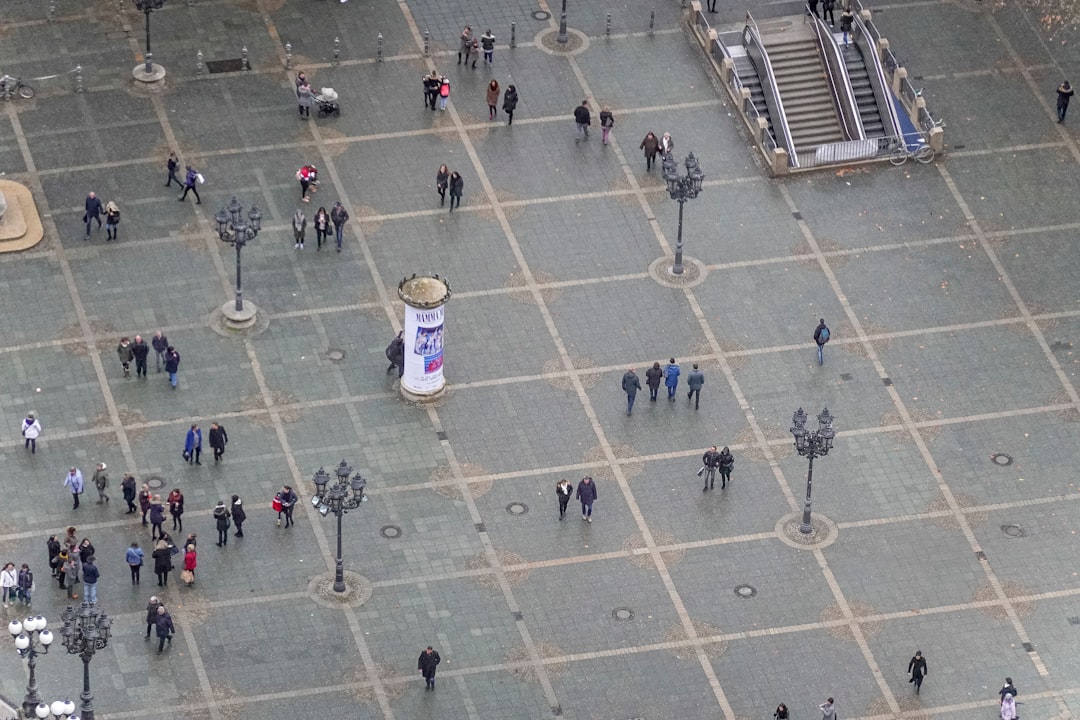What is it about?
This study examined and compared outcomes of deep learning (DL) in identifying swept-source optical coherence tomography (OCT) images without myopic macular lesions [i.e., no high myopia (nHM) vs. high myopia (HM)], and OCT images with myopic macular lesions [e.g., myopic choroidal neovascularization (mCNV) and retinoschisis (RS)].
Featured Image

Photo by DeepMind on Unsplash
Why is it important?
The possibility of conducting highly accurate screening of ocular diseases using artificial intelligence, which may improve the prevention of blindness and reduce workloads for ophthalmologists.
Perspectives
It may be possible to automatically screen for myopic macular disease, which is difficult to diagnose objectively, using DL.
Daisuke Nagasato
Tsukazaki Hospital
Read the Original
This page is a summary of: Accuracy of a deep convolutional neural network in the detection of myopic macular diseases using swept-source optical coherence tomography, PLoS ONE, April 2020, PLOS,
DOI: 10.1371/journal.pone.0227240.
You can read the full text:
Contributors
The following have contributed to this page










